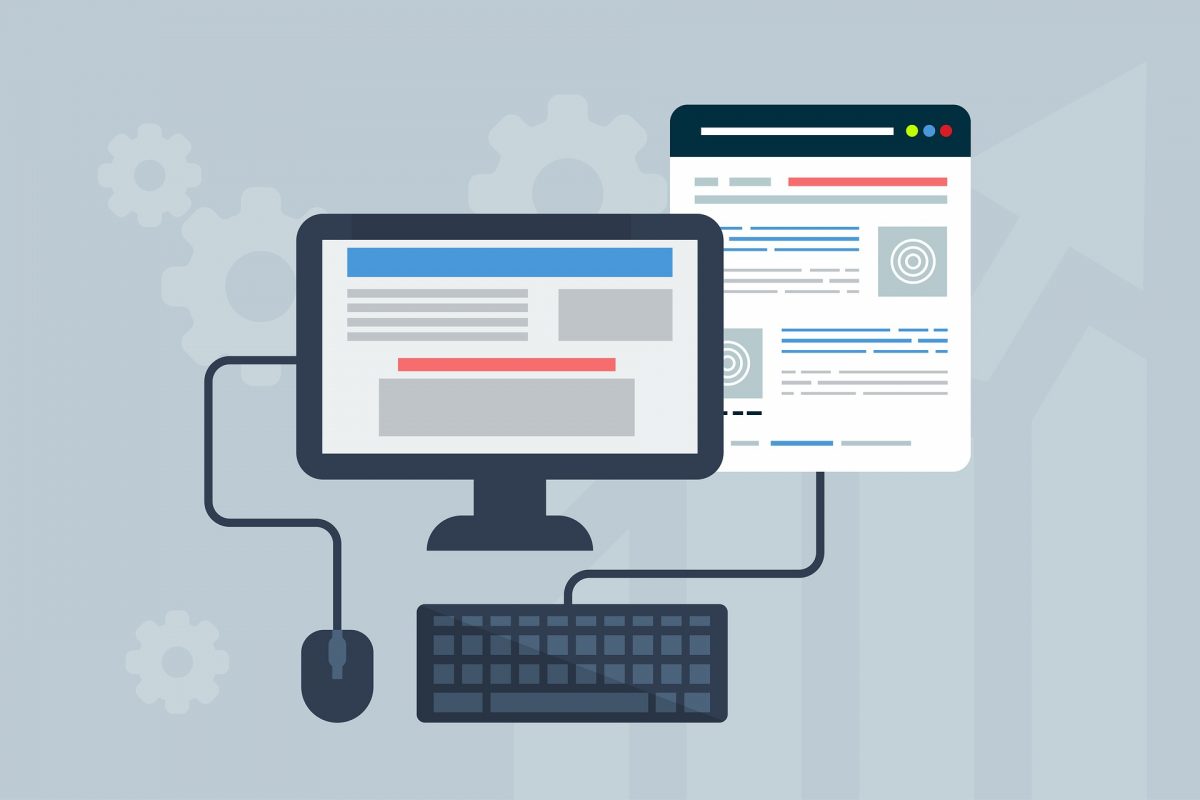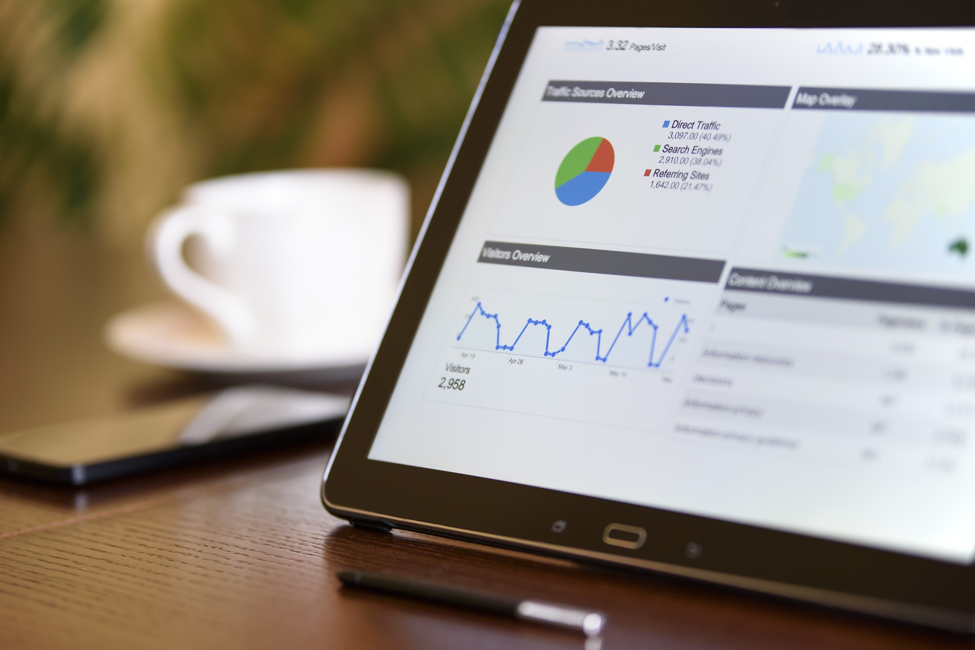Having a website is one of the most strategic moves you can make for your business. However, there’s little to no point in spending money on this valuable asset if it’s not going to benefit you. How do you make it benefit you? The answer is to work with a professional who knows web design like the back of their hand and can make you a beautiful, bespoke website which works for your business.
Simple is best
Google conducted research back in 2012 and came to the conclusion that not only do users prefer simpler websites, but they also prefer to view the website they expect. This means that consumers will expect the layout and structure of your website to be similar to others in your industry
Research has also shown that customers tend to make a yay/nay type judgement of your site after the first 50 milliseconds of viewing it. That’s not a lot of time to showcase your site, so it’s best to ‘keep it simple, stupid’.
Conforming to industry standards might not be your thing but considering you have only 50 milliseconds to impress a potential customer, we advise that you keep your quirks confined to your blog posts or social media.
The good news is that clean, simple designs are great for you. They can cost less to build in the first place, are easier to maintain and update, and run a lower risk of looking outdated or old.
However, it can mean more planning to start with. Really think about how many pages you need. Is it necessary that you have both an ‘Environment’ page and a ‘Sustainability’ page? Keeping it simple extends to keeping it simple for the user. Someone who has never visited your site before should be able to navigate it with ease.
Keep visitors on your site
55% of visitors will spend less than 15 seconds on your site. Given that they’ve already made their mind up about whether they like your site or not in the first 50 milliseconds, 15 more seconds is a lot of time to captivate them and convince them to stay. Use it wisely.
The fact of the matter is that users will quickly move on if the information on a page is irrelevant, disorganised or wrong. They may move on because they have trouble finding what they’re looking for, or because your site’s not what they expected.
Having great web design will keep users on your page longer if the information they need is present, organised and relevant. Achieve this by consulting a professional – they know that predictable and logical design works better than something ‘modern’ and ‘cutting edge’.
Good for SEO
Keeping visitors on your site and keeping them interacting with your pages will do wonders for your SEO. Having ‘good quality’ visitors instead of high bounce rates will encourage Google to rank you higher, getting you more site visitors in turn.
If getting ranked highly on Google’s results pages is one of your goals, then how your website is designed is a key factor to consider. Not only does it need to be natural for humans, but it needs to be natural for bots too. Search engine bots will be looking for a clear, logical structure to your site as well as internal links.
Great SEO drives organic traffic to your website which will increase your rank. It’s an investment, but a fully optimised site is essential for connecting with your customers.
Image courtesy of Simplex – Web Design Sydney


